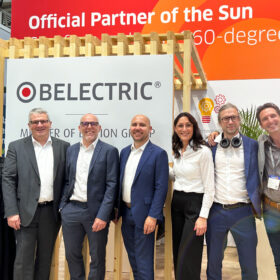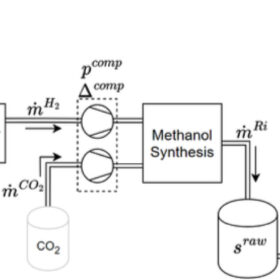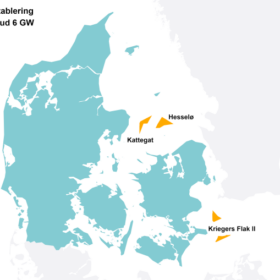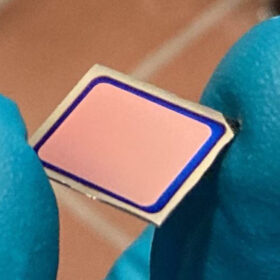German developer to build 135 MW solar park in Denmark
Germany’s Belectric has been chosen to build a 135 MW solar park for NRGi Renewables in Aarhus, Denmark.
Denmark approves certification scheme for PtX producers
The Danish Energy Agency says its new certification scheme is a “short-term transitional solution” to launch Power-to-X (PtX) projects this year. It will eventually be replaced with the European Commission’s certification system.
European Energy secures solar PPA from Danish State Railways
Danish State Railways has agreed to purchase 80 GWh annually from a PV plant planned to occupy a surface of 253 hectares.
The Hydrogen Stream: Russian researchers propose hydrogen extraction from gas wells
While a team of Russian researchers proposed a novel approach to produce hydrogen directly in gas wells, Plug Power and CPH2 secure certification for the hydrogen systems.
PV-to-methanol plants may maximize returns in reserve markets
New research from Denmark shows PV-to-methanol facilities may achieve 30% lower levelized cost of methanol through engagement in reserve markets. The researchers examined the ability of a PV-to-methanol plant to contribute to the grid in frequency containment reserves (FCR), automatic frequency restoration reserves (aFRR), and manual frequency restoration reserves (mFRR).
Denmark to restart heat pump subsidy scheme
Danish citizens will once again be able to apply for heat pump subsidies from May 27. A DKK 17,000 ($2,469) grant will be available for air-to-water pumps and DKK 27,000 for liquid-to-water heat pumps.
The Hydrogen Stream: PosHYdon starts testing offshore gas-green hydrogen
PosHYdon says it wants to validate the integration of three energy systems in the Dutch North Sea: offshore wind, offshore gas, and offshore hydrogen. The project will involve the installation of a hydrogen plant on the Neptune Energy (Eni) Q13a-A platform.
The Hydrogen Stream: Denmark may produce green hydrogen from wind
Denmark will procure at least 6 GW of offshore wind power capacity to potentially produce hydrogen, while Orlen says it will use a European Commission grant to build 16 hydrogen refueling stations in Poland.
Copenhagen Infrastructure Partners acquires majority stake in Elgin Energy
Danish investment firm Copenhagen Infrastructure Partners (CIP) says its majority stake in Elgin Energy will help the Irish solar developer to transition into an independent power producer (IPP).
First attempt to build selenium-silicon tandem solar cells
Scientists in Denmark attempted for the first time to build a selenium-silicon tandem solar cell and found the device was immediately able to deliver a remarkable open-circuit voltage. Despite its current low efficiency levels, the new cell concept promises to reach efficiencies over 40%, according to its creators.










